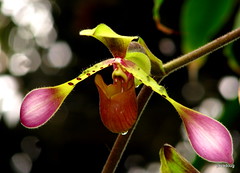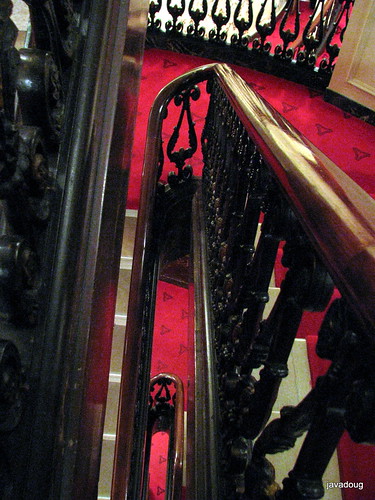To be able to experience, live, Haydn's Oboe Concerto and Orff's Carmina burana in one evening was fortunate and exhilarating.
Haydn's Oboe Concerto is one of my favorite all time pieces. Something about it sends chills down my spine. I first heard it in the early 1990's on WQED-FM 89.3 at my work place, at lunch. A friend, after hearing me exclaim that it was a fantastic composition, told me to call the DJ and ask what it was, so I did. Paul Johnston, the DJ at the time, was glad to tell me it was Haydn's Oboe Concerto. So ever since then I've purchased a few versions, and have been waiting for the PSO to bring it to Pittsburgh. Well tonight I was not disappointed, the PSO premiere performance was just as great as I could have expected, and Cynthia Koledo DeAlmeida did a spectacular job on the Oboe.
The Carmina burana likewise did not disappoint, the live performance was so much more powerful than any prerecorded version. And what a surprise, all those lovely movements in between the opening and closing O Fortuna. This, therefore, I would consider as my first hearing of this complete piece, even though I did recognize one other movement in between. The complexion of the O Fortuna movement, and all the other movements, to my ears, and eyes, seemed someone different. Not knowing Latin, I did not know what they were singing, not a problem as the singing itself sounded melodious and understanding was not a requirement for enjoyment. The 'new' music showed many light, airy and beautiful parts at first, much different than the opening, and not what I expected. Then when the solo singers began to sing what to me seemed to be a comic opera, beautifully performed, and some humorous body movements causing audience laughter, I was again surprised, pleasantly.
showed many light, airy and beautiful parts at first, much different than the opening, and not what I expected. Then when the solo singers began to sing what to me seemed to be a comic opera, beautifully performed, and some humorous body movements causing audience laughter, I was again surprised, pleasantly.
What is this piece? I kept wondering, it has so many elements that I find difficult to put together. All of the movements were lovely to hear, but I was in a quandary. The culmination of what seemed to be a love affair ensued, but I was not sure, and it seemed to come together at the end and a reprise of the O Fortuna concluded the cantata. Later, at home, I read the English translation of the O Fortuna (below). This seemed to indicate that perhaps this is a tragedy, and not a comedy, so again I'm confused. I see I've got some reading to do to bring myself up to speed. But the lingering impression was that the music was fantastic, and all the players of the Mendelssohn Choir of Pittsburgh, the soloists and the Pittsburgh Symphony Orchestra conducted by Manfred Honeck, did a fantastic job. I can't wait to experience this again, next time I'll have context.
English translation of "O Fortuna," a poem from Carmina Burana
"O Fortune,
like the moon
Stands constantly changing,
ever waxing
but waning;
hateful life
now oppresses
and then soothes
as fancy takes it;
poverty
and power
it melts them like ice.
Fate - monstrous
and empty,
you whirling wheel,
stand malevolent,
well-being is vain
and always fades to nothing,
shadowed
and veiled
you plague me too;
now through the game
I bring my bare back
to your villainy.
Fate, in health
and virtue,
is against me
driven on
and weighted down,
always enslaved.
So at this hour
without delay
pluck the vibrating strings;
since Fate
strikes down the strong man,
everyone weep with me!"







